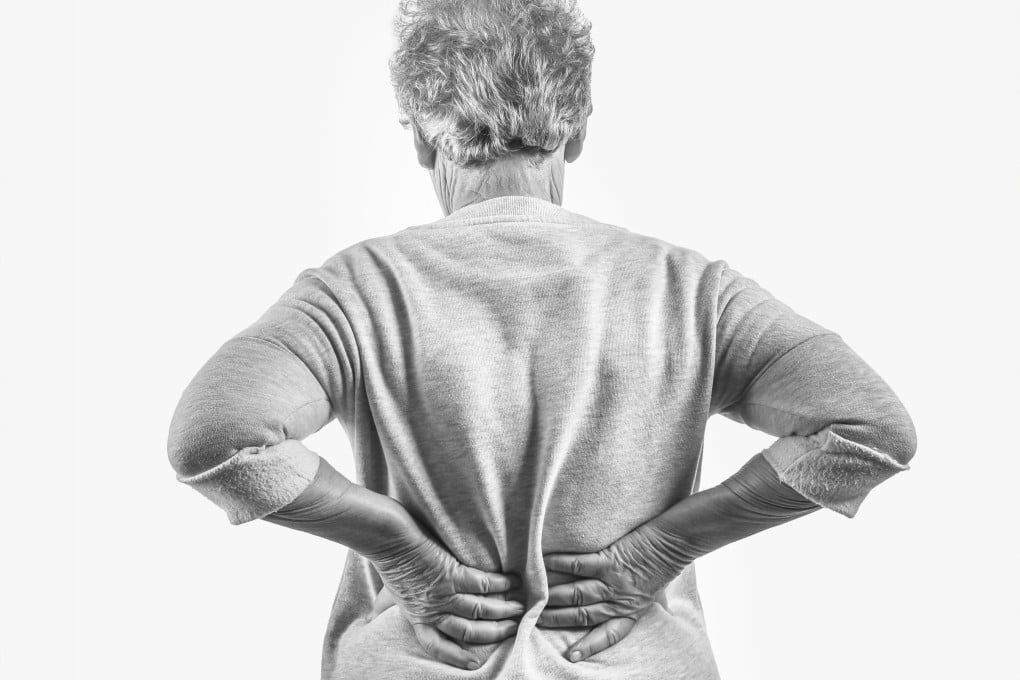The psychology of chronic pain: why exercise and mindfulness – not just rest and medication – can be vital treatments, too
Chronic pain can be debilitating, leaving sufferers in a downward spiral of inactivity that exacerbates discomfort. Now, therapists are confronting the issue with treatments that address body and mind

When Brenda fell down a set of steps in 1990, fracturing her sacrum, she was left in agony. She didn’t want to take painkillers, so her mother sent her to a Chinese herbalist, who prescribed a concoction of ginseng and frogs’ legs.
“Frogs are known for having very strong hind legs,” says Brenda. “The hope was that it would make me strong. I took it three times and I don’t think it really worked.”

During a three-week break from her teaching job to recuperate, she moved as little as possible to avoid intense, shooting pain. More than 30 years later, that injury has healed, but other afflictions now plague her – sciatica, trigger finger, carpal tunnel syndrome and buttock pain.
The 74-year-old Hongkonger’s pain points may have increased, but her attitude to them has not changed. Rather than medication or surgery, exercise has been her panacea. In 2019, Brenda joined the three-year Pain Relief Project for the Seniors, run by the Chinese University of Hong Kong (CUHK) and Jockey Club to raise public awareness and promote relief measures for chronic pain. When the pandemic halted in-person activities, she attended classes online and followed CUHK videos posted on YouTube. Additionally, she now takes weekly tai chi and Pilates classes.

“The tai chi has made me more aware of my body, not just the painful parts,” she says. “It’s about good posture. When we are lopsided, we cause more degeneration and it’s more painful. I know that if I skip my exercises the pain will come back. I must be vigilant about doing my exercises – and with a smile.”
